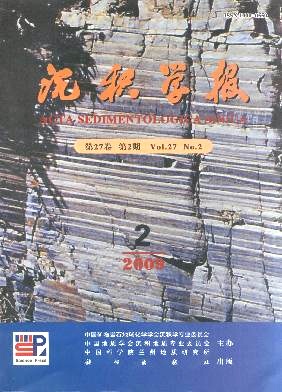Relationship between Sedimentary System and Acoustic Velocity of Rocks from Marine Strata in KepingBachu Area
- Received Date: 1900-01-01
- Rev Recd Date: 1900-01-01
- Publish Date: 2009-04-10
-
Key words:
- ultrasonic velocity /
- bioherm /
- tidal flat /
- delta /
- Lower Paleozoic of Tarim Basin
Abstract: In order to make a scrutiny into physical properties of formation in various depositional environments, we carried out a geological exploration and collected a lot of samples from platform edge clinoform system and chipping sedimentary system in outcrop area located in KepingBachu, Tarim Basin, and Northwestern China. After analysis of the ultrasonic measurements of the samples at normal temperature and standard atmosphere in the laboratory, the conclusions are given as follows: (1) There is a close relation between ultrasonic velocities of samples and depositional environment. In the bioherm profile, the velocity increases from reef base, reef core to reef cap; in the delta profile, the velocity increases from distributary channel to delta front. (2) In the bioherm profile, the biodetritus is the key influencing factor to velocity; the richer organism of the sample is, the higher the velocity is. In the sandstone profile, the larger the filling extent of the sandstone pore is, the higher the velocity is. (3) The growth direction of organisms is a principal factor, which controls the extent of the velocity anisotropy. The velocities are different between along and against growth direction of organisms. These results can be used to guide geophysical forward modeling, geophysical inversion, seismic interpretation and reservoir prediction.
| Citation: | ZENG Fanping. Relationship between Sedimentary System and Acoustic Velocity of Rocks from Marine Strata in KepingBachu Area[J]. Acta Sedimentologica Sinica, 2009, 27(2): 312-318. |






 DownLoad:
DownLoad: